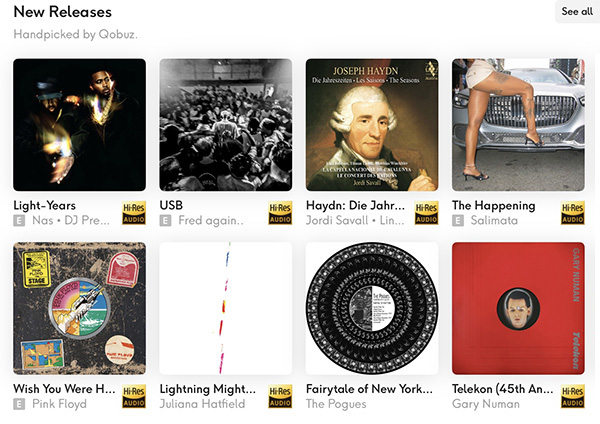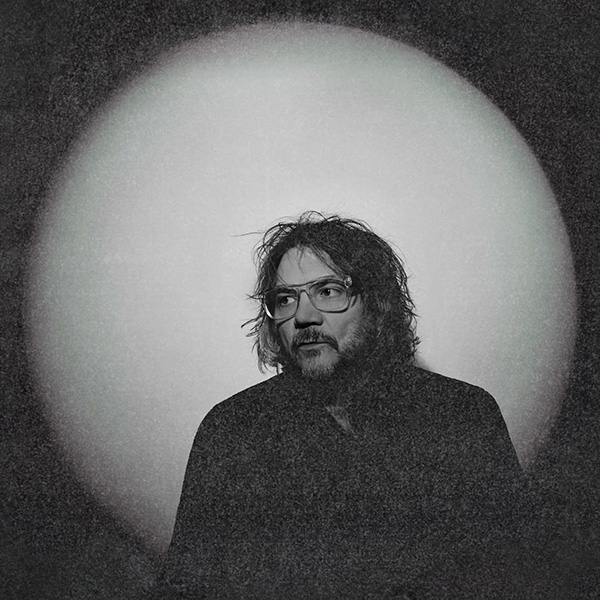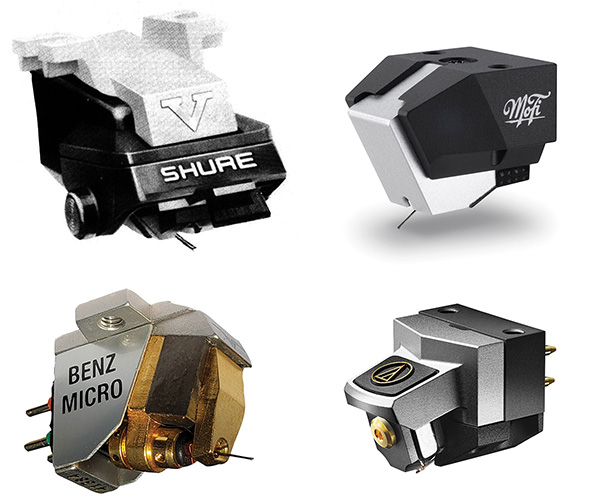Recording of January 2026: Pur ti miro
Pur ti miro
Wu Wei, sheng; Martin Stegner, viola; Janne Saksala, double bass
ECM New Series 2843 (CD; reviewed as 24/96). 2025. Manfred Eicher, exec. prod.; Martin Sauer, eng.
Continue Reading »
Wu Wei, sheng; Martin Stegner, viola; Janne Saksala, double bass
ECM New Series 2843 (CD; reviewed as 24/96). 2025. Manfred Eicher, exec. prod.; Martin Sauer, eng.










